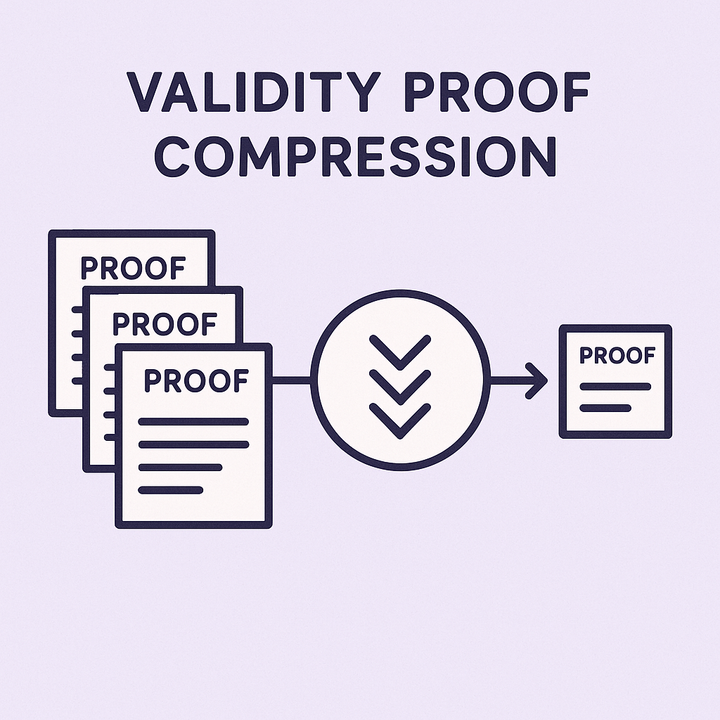Fluent: The Project That Builds Web3 Infrastructure, Why You Should Pay Attention

We hear more and more often that Web3 is the future of the Internet. However, behind the loud slogans there are complex engineering challenges: decentralization, security, scalability, compatibility. The Fluent project is one of the few that does not just announce a solution to these problems, but offers an already working enterprise-level infrastructure. Below, we will analyze in detail what Fluent is, what technical principles it implements, and why it can play a key role in shaping the new digital landscape.

What is Fluent?
Fluent is a Web3 infrastructure project focused on creating modular solutions for building custom blockchains that interact with each other. Its main goal is to simplify the launch, operation, and scaling of your own networks, focused on both business applications and Web3 ecosystems.
Simply put, Fluent provides tools and protocols to launch new blockchains as easily as deploying cloud services in Web2.
Fluent Main Components
Fluent Stack (FS)
This is a modular architecture based on the idea of Rollups (L2 solutions). Developers can choose the modules they need: consensus, VM (virtual machine), accounting system, KYC tools, bridges, etc.
Fluent Chain
This is the main network that acts as a hub. It provides security, verification of the state of Rollup networks and cross-chain interaction between them.
InterRollup Messaging Layer
A mechanism for exchanging messages between custom chains. Based on zk protocols that ensure verifiability and minimal costs.
Fluent SDK
A set of tools for quickly launching and setting up your own networks with the necessary parameters (economics, tokens, access rules, privacy, etc.).

What problems does Fluent solve?
Scalability: Fluent uses a rollup approach and a modular architecture, which allows you to scale the network horizontally - through the creation of new chains.
Interoperability: Thanks to a single messaging protocol, different Fluent-based chains can interact with each other, as well as with networks like Ethereum, Cosmos, Solana (via bridges).
Security: Fluent implements zk-rollups and trusted execution (TEE) support, which is critical for confidential applications.
Enterprise accessibility: Unlike most Web3 projects, Fluent focuses on compatibility with enterprise requirements: privacy, reporting, scalable architecture, AML/KYC support.
Key Components of Fluent
|
Component |
Description |
|
Fluent
Stack (FS) |
Modular
framework for building custom blockchains using plug-and-play components. |
|
Fluent
Chain |
Central
hub chain that validates rollups and enables cross-chain operations. |
|
InterRollup
Messaging |
ZK-based
layer for secure communication between different rollup chains. |
|
Fluent
SDK |
Developer
toolkit for launching, configuring, and deploying custom rollups. |
Technical analysis
Fluent architecture
Fluent implements modular rollups, which means:
1. Each rollup can be customized for a specific application (e.g. a private blockchain for fintech or a public network for DeFi).
2. The central Fluent Chain acts as a finalization and communication channel.
3. Rollup security is ensured through zk-proofs periodically sent to the Fluent Chain.
4. Advantage: flexibility and load sharing, which avoids core layer overloads.
Consensus
· Fluent supports plugins for choosing a consensus algorithm:
· PoS (Proof of Stake)
· Delegated PoS
· Hybrid PBFT
· Integration of Tendermint, HotStuff and others is possible
This makes Fluent flexible for both public and permissioned solutions.

VM and compatibility
Fluent supports EVM (Ethereum Virtual Machine) by default.
Support for Move (Diem/Aptos language) and WebAssembly is also being developed.
This allows dApps built for Ethereum to run without significant changes.
Tokenomics
At the time of writing, details about the Fluent token have not been disclosed, but it is known:
1. It will be used to pay fees within the ecosystem.
2. The token will provide staking and participation in consensus.
3. A mechanism for distributing revenue from custom rollup networks is possible.
Technical Overview and Capabilities
|
Feature |
Fluent Capability |
|
Scalability |
Horizontal
scaling through modular rollups. |
|
Consensus
Options |
PoS,
DPoS, PBFT plugins; Tendermint & HotStuff compatible. |
|
Virtual
Machine Support |
EVM
(default), Move, WebAssembly (Wasm) in progress. |
|
Cross-chain
Compatibility |
Native
rollup messaging + bridges to Ethereum, Cosmos, Solana. |
|
Security |
ZK-proofs
and optional Trusted Execution Environments (TEE). |
|
Enterprise
Readiness |
KYC/AML
modules, private network support, auditability. |
Potential and risks
Advantages:
· Enterprise-ready approach with KYC and private network support.
· Flexibility of architecture: you can assemble the required configuration "turnkey".
· A team with experience in fintech, security and blockchain development.
· Growing interest in modular blockchains (after the success of projects like Celestia, Caldera, Dymension).
Risks:
1. High competition: Celestia, Polygon CDK, OP Stack, Arbitrum Orbit.
2. Lack of public tokenomics at the moment.
3. Dependence on the development of zk-proof infrastructure and bridges.

Conclusion
Fluent is one of the few projects in Web3 that relies not on hype tokens or DeFi apps, but on the foundation: infrastructure. It offers mature solutions for developers, businesses, and organizations looking to build on Web3 without the technical limitations of traditional networks.
If Web3 is the new internet, then Fluent is aiming to be the Amazon Web Services for that internet. And there's serious engineering behind it that could shape the future of the industry.

Comments ()